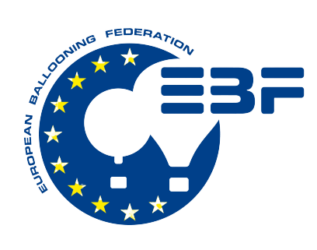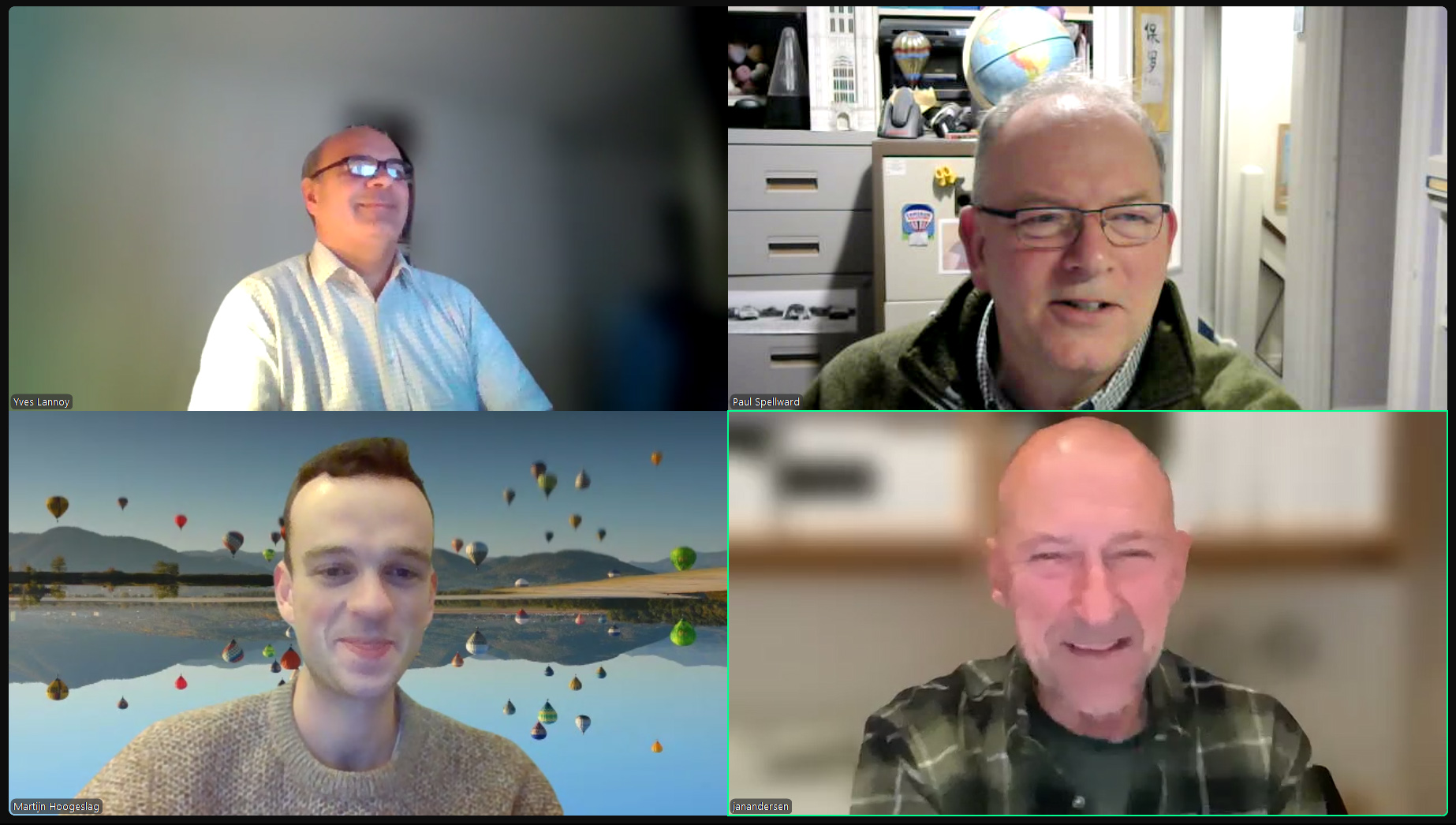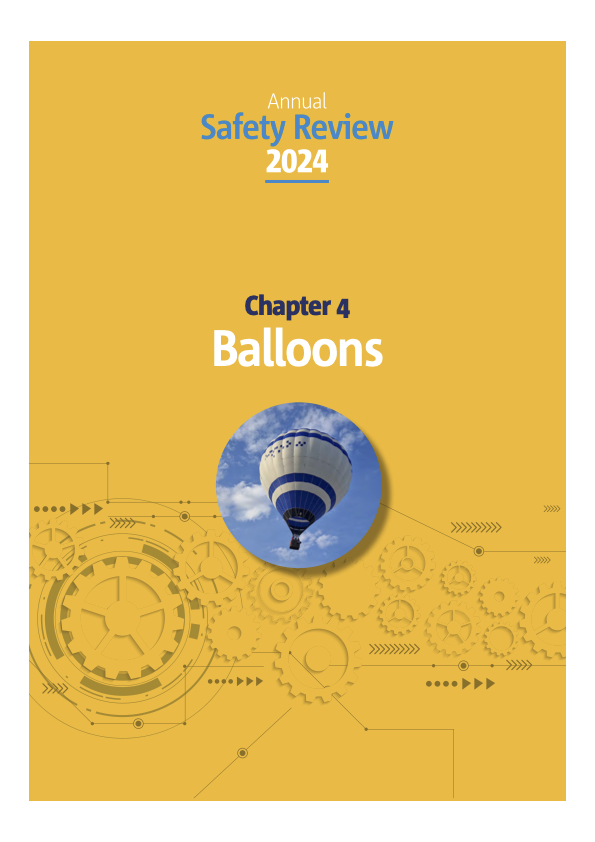Balloon can start their flight almost anywhere and land at any suitable piece of land. The limitations for balloons are quite diverse. As soon as a balloon is airborne it flies in airspace with known limitations and possibilities. The Aeronautical map helps to navigate through airspace. The limitations in airspace are clearly visible on the aeronautical map. If required/practical a pilot can contact Air Traffic Control (ATC) and ask permission to fly through specific airspace. This seems like a simple way to use airspace. In daily practise there are however some complications. In flight a pilot may come across other traffic consisting of other balloons or other airspace users such as drones, airplanes, paramotor, helicopters and the like. The balloon is big enough to, under VFR during the day, be seen by other airspace users. Balloon-pilots are used to looking around them and be aware of other traffic in the air. Nevertheless, it is in some areas necessary to be electronically visible by means of a transponder if and when needed with S mode.
Drones are the relatively new kid on the block. They are sold in the thousands to very professional drone-pilots who are trained and skilled and have taken exams and are knowledgeable on airspace and the dos and don’ts in the sky. The majority of the drone users however use off-the-shelf drones of 250 grams or less with no camera on board. Neither licence nor registration is needed for these drones. Their use is officially limited to 120 meters above the ground. All other drones need to register with the National authority and need a remote ID and must have (as of 01-01-2024) a CX label and should be traceable. In some areas such as CTRs numerous drones are detected. In the Amsterdam CTR in 2023 there were approx. 23,000 drone sightings/detections of which 20% flew higher than the max of 120 meters. This may also be the case near other major airports. For aircraft drones are hard to detect. This will in our view lead to accidents in the future.
In order to make flying safer a new Unmanned Traffic Management system for drones flying in airspace is suggested. This airspace is called U space. Unmanned Traffic Management (UTM) is the system that must regulate and coordinate unmanned aerial vehicles/ drones flying in U space.
How do balloons fit into this system?
At EASA there is discussion about how air traffic can make its location known to other aircraft. SERA 6005 (c) is clear and says that all manned air traffic in U space must be conspicuous (detectable) for other aircraft when there is no ATC. Also balloon pilots must make themselves electronically conspicuous when flying in U space.
All countries in EU and the UK are at this moment developing U Space airspace for UAVs (drones). For balloons this could be a major issue. Working together with the National Competent Authorities is therefore essential. The ballooning community must be involved in order to prevent that severe limitations are put on balloon flying. International cooperation and exchange of information is also essential. EBF can and will play a major role in exchanging information and help to find suitable solutions.
EASA is developing ADS-L
ADS-L Automatic Dependant Surveillance Light is the route of EASA´s choice. This consist of several approved technical solutions be it certified or not. It is intended to be simple and inexpensive, but all solutions must be GNSS based. Every aircraft in U space must make itself electronically visible and therefore a GNSS system is needed to make this happen. Transponders not connected to a GPS or other GNSS system is therefore not sufficient for U space detecting solutions.
In balloons it is hardly possible to use equipment that needs significant. Radio and transponders are close to the limit of what is practical. The information needed is altitude, position, direction: information that a mobile phone with GPS could provide.
This is also the route in which EASA is thinking. There are however some issues that need additional thought. The mobile network was never designed for use in the air. All pilots have experience with reception on the mobile telephone while in the air. Some locations and altitudes have a good reception and others do not have mobile phone reception that could be useful for E conspicuity at altitudes above 1500 ft. The antennae for the mobile network are also designed for ground use. Reception of mobile phones is up to 1500 ft almost everywhere of acceptable quality. We take the view that a mobile phone solution could be workable for the ballooning community. This is much more acceptable than buying new ADS-B (https://en.wikipedia.org/wiki/Automatic_Dependent_Surveillance–Broadcast) or Flarm ( https://www.flarm.com/en/) or other expensive equipment. Some pilots are using an App (like https://www.safesky.app ) and feel this could work if this is the chosen route by EASA. Work needs to be done on the mobile telephone network. In EBF’s view locations/airspace that do not have acceptable reception for mobile telephone use should not be used for U space.
The `right of way` discussion has been clear: manned aviation has priority over unmanned aircraft.
If EASA follow the route of choice and introduce for electronic detectability (Electronic Conspicuity) of aircraft in U space the route of mobile phone solutions ballooning community will cooperate in any way we can.
European Ballooning Federation
More information can be found:
https://www.easa.europa.eu/sites/default/files/dfu/4._iconspicuity_ads-l.pdf
https://www.easa.europa.eu/sites/default/files/dfu/ads-l_4_srd860_issue_1.pdf
Questions and more information? : kaa@ballooning-federation.eu



